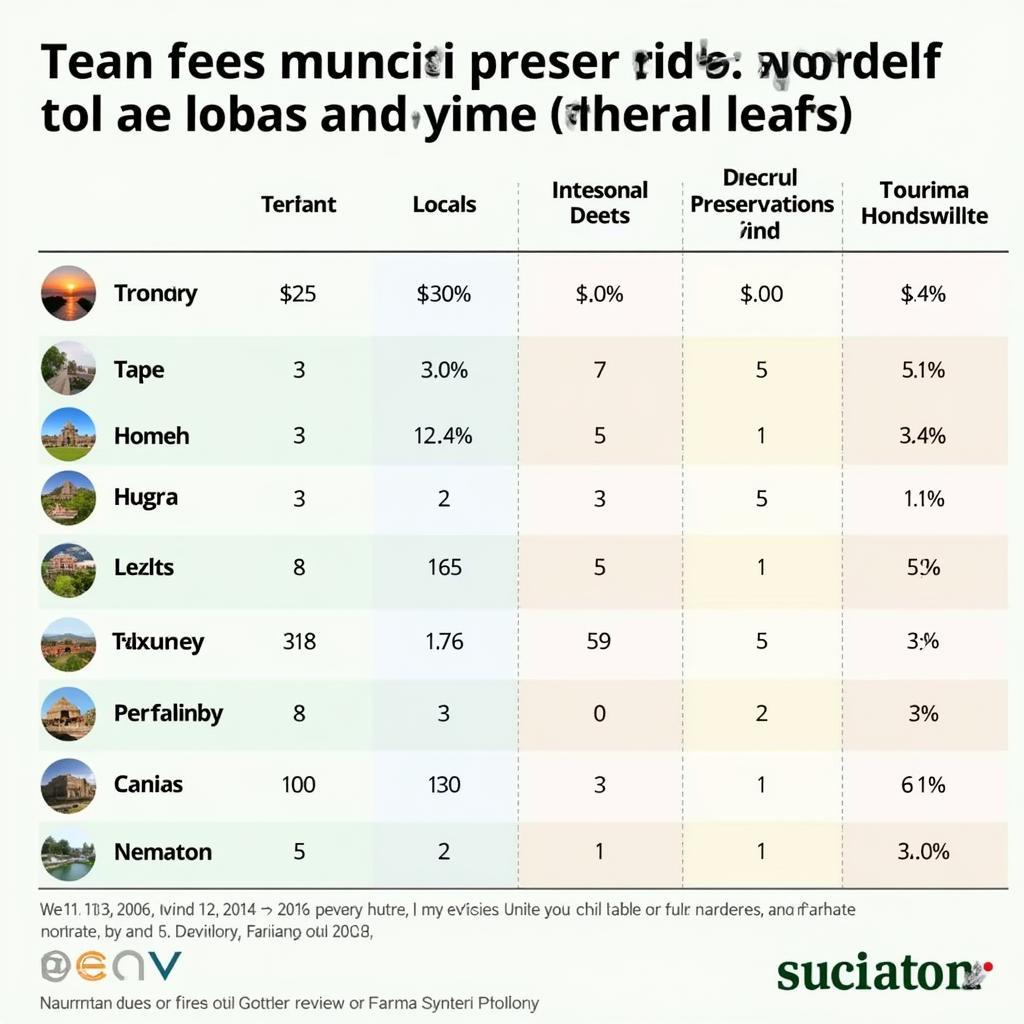Tourism taxation has become an increasingly common topic in IELTS Writing Task 2, appearing in various forms over the past decade. Based on analysis of past exam questions, this theme has appeared roughly 3-4 times annually since 2018, particularly in questions about government revenue, tourism management, and local development.
Task Analysis
Some people believe that tourists should pay more than local residents to visit cultural and historical attractions. To what extent do you agree or disagree with this statement?
This question requires candidates to:
- Take a clear position on differential pricing for tourists
- Provide logical arguments and relevant examples
- Consider both cultural/historical preservation and economic impacts
- Structure response with clear introduction, body paragraphs and conclusion
Band 8 Sample Essay
Tourism plays a vital role in many economies, but the question of whether tourists should pay premium rates for accessing cultural sites remains debatable. In my opinion, implementing higher entry fees for international visitors is largely justified, though careful consideration must be given to the pricing structure.
The primary argument supporting differential pricing is the principle of preservation funding. Cultural and historical attractions require substantial resources for maintenance and conservation. Since tourists contribute significantly to wear and tear, it is reasonable that they should bear a greater portion of these costs. For instance, the Taj Mahal in India charges international visitors approximately ten times more than locals, with revenues directly supporting restoration projects.
Furthermore, higher tourist fees can help manage visitor numbers more effectively. Popular destinations often struggle with overcrowding, which can damage delicate historical structures and diminish the visitor experience. Premium pricing for tourists serves as a natural control mechanism while ensuring sites remain accessible to local residents who may have lower average incomes. The Angkor Wat complex in Cambodia demonstrates how this approach can successfully balance preservation with accessibility.
However, pricing differentials must be implemented thoughtfully to avoid appearing discriminatory or deterring tourism altogether. The price gap should reflect genuine economic differences between local and international visitors while remaining reasonable. Additionally, transparent communication about how tourist revenues are used for site preservation can help justify higher fees.
In conclusion, while differential pricing requires careful implementation, it represents a fair and practical approach to funding cultural preservation while maintaining local access. The key lies in striking the right balance between revenue generation and sustainable tourism development.
Band 6.5 Sample Essay
Many famous places charge different prices for local people and tourists. I agree that tourists should pay more money because it can help the local area, but there are also some problems with this idea.
The main reason why tourists should pay more is because they have more money. Many tourists come from rich countries and can afford higher prices. This extra money can help pay for keeping old buildings and places in good condition. For example, in Thailand, foreign tourists pay more to visit temples, and this money helps fix and clean these important places.
Also, when tourists pay more, it helps local people. If local people paid the same high prices, many of them could not visit these places. This would not be fair because these places are part of their culture and history. In my country, many museums have cheap tickets for local people but expensive ones for tourists.
However, there are some problems with charging tourists more. Sometimes the difference in price is too big, and this makes tourists feel angry. They might think it is not fair and choose not to visit. This could hurt the local tourism business.
In conclusion, I think making tourists pay more is mostly a good idea, but the price difference should not be too big. This way, both tourists and local people can enjoy these places, and there is enough money to take care of them.

Essay Analysis
Band 8 Essay Features:
- Advanced vocabulary and complex structures
- Clear position with nuanced argument
- Well-developed examples
- Cohesive and logical flow
- Sophisticated discussion of multiple aspects
Band 6.5 Essay Features:
- Basic but clear vocabulary
- Simple but effective structure
- Some examples provided
- Generally coherent arguments
- Limited range of discussion points
Key Vocabulary
- differential pricing (n) /ˌdɪfəˈrenʃəl ˈpraɪsɪŋ/ – varying prices for different customer groups
- preservation (n) /ˌprezəˈveɪʃən/ – protection and maintenance
- overcrowding (n) /ˌəʊvəˈkraʊdɪŋ/ – excessive number of people
- deterring (v) /dɪˈtɜːrɪŋ/ – discourage or prevent
- sustainability (n) /səˌsteɪnəˈbɪləti/ – ability to maintain long-term
- infrastructure (n) /ˈɪnfrəˌstrʌktʃə/ – basic physical systems
- revenue generation (n) /ˈrevənjuː ˌdʒenəˈreɪʃən/ – income production
- accessibility (n) /əkˌsesəˈbɪləti/ – ease of access
For practice, try writing your own essay on this topic and share it in the comments. Consider these alternative questions:
- Should tourists pay additional taxes to fund local environmental protection?
- Do higher tourist fees help or harm cultural preservation efforts?
- Should cities implement tourist-specific taxes to maintain public infrastructure?